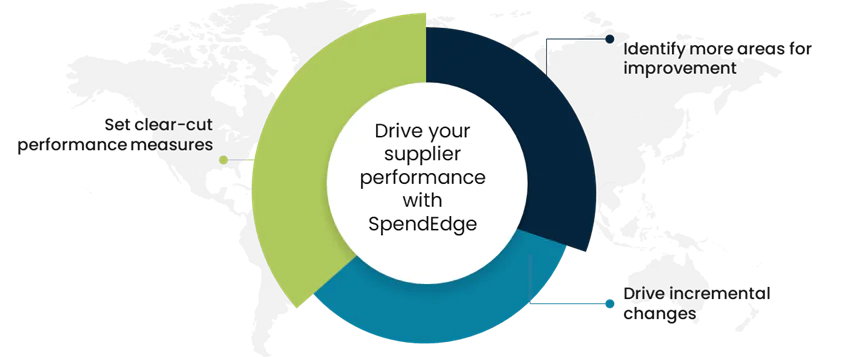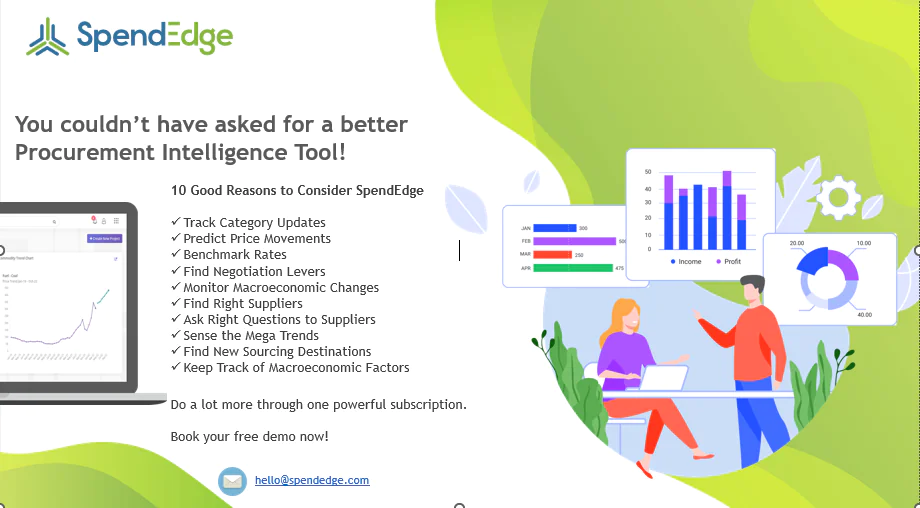Author: Ankur Rishi
Here’s why you need a supplier code of conduct
A supplier code of conduct is typically a written document that gives a quick rundown of the expectations and guidelines a company sets for the suppliers who do business with it. These codes of conduct include a great number of rules covering supplier responsibilities and standards of behavior. In fact, a typical supplier code of conduct could range from, say, 2 to 10 pages. The idea behind this legally binding document is to ensure supply side organizations create safe working conditions for employees and extend to them equal and impartial treatment, regardless of narrow considerations. These expectations and guidelines ensure suppliers are judged by the company’s high standards of responsible, ethical, and sustainable behavior as well as beliefs, philosophies, and principles. Most importantly, supplier codes make sure supply-side participants are acting within the law at all times and without putting the company’s hard-won reputation on the line.
The absence of a well-framed supplier code of conduct could expose a business to reputational and financial damage arising out of suppliers’ illegal actions and unethical practices. For example, a supplier obtains a large shipment of fuel at below-market prices from a state-owned energy firm by bribing government officials. A subsequent probe by the anti-corruption bureau exposes the graft. The supplier pleads guilty to bribery charges and settles millions in criminal fines as well as forfeits large sums earned through the bribery scheme. Meanwhile, the supplier has sold the fuel consignment to multiple buyers. In this case, the supplier’s illegal actions and consequent reputational loss could have a significant effect on the share prices, profits, and brand reputation of its clients and partners!
How best to create a functional supplier code of conduct
In the above instance of the energy supplier, a well-structured supplier code of conduct might have kept these associated businesses out of harm’s way. So, supplier code of conduct is something that most businesses really need, and here are the key steps for creating an effective one.
Assess your supply chain risks
Business supply chains typically thread their way across multiple countries and many a time the procurement team’s line of sight doesn’t extend beyond the tier-1 suppliers. Weak legal frameworks, dysfunctional rules, as well as the cycle of debt and poverty among the populace drive the demand for cheap labor in less affluent countries and regions. This creates the perfect storm of circumstances wherein unscrupulous elements can employ force or fraud to exploit people for labor. Are deep-tier supply chain participants engaging in illegal and unethical practices such as human trafficking? Are they putting the lives of local communities at risk by contaminating soil and water through the release of various pollutants and altering environmental conditions? Social, environmental, and ethical risks posed by vendors further down the supply chain can rise up to deliver deflating blows to corporate reputation and sales. So, it’s paramount that businesses factor these risks into their supplier code of conduct.
Develop the supplier code
Suppliers must strive to secure a safe and healthy working environment for their employees. To this end, businesses must make sure their supplier code of conduct is informed by labor practices and standards that prioritize the safety and well-being of human resources. These include standards designed to end forced labor and employment of children, discrimination and harassment, and denial of freedom of association if any. Supplier codes must include provisions to bring suppliers into line with local laws, including labor laws.
Track and enforce the code continuously
Using questionnaires, independent auditing, ESG assessments, software tools, and other means, businesses must monitor suppliers’ degree of conformity with the provisions of the supplier code of conduct. They must ensure the code of conduct remains a living document informed by the latest social and environmental standards.
How SpendEdge can help you
At SpendEdge our sourcing intelligence practitioners enable clients across sectors to manage their supplier relationships more efficiently by offering expertise in strategic and ethical sourcing. Our service portfolio covers supplier performance assessment, risk analysis, contract management, and supplier code of conduct development. These services help businesses identify opportunities for cost savings and drive better bargains with the supply base. We also make sure clients’ procurement activities are aligned with the enterprise-wide compliance strategy. Our teams leverage data-driven insights and real-time market intelligence to optimize clients’ supplier selection processes and help them manage their procurement more efficiently than before.

Our experts have an indomitable focus on supplier evaluation and risk mitigation, and this translates to enhance transparency and reliability for the client’s procurement organization. The mid-to-long-term goal is to enable businesses to build and maintain robust and mutually beneficial relationships with their supply-side participants. In so doing, we employ a unique methodology to assist clients in selecting the right-fit suppliers based on up-to-date, accurate, and timely information.
A manufacturing business says ‘bye’ to production outages with KPI-based supplier management
Our client is a midsize manufacturer of several years’ standing based in Western Europe with a fairly large supplier base. Of late, the company’s C-Suite has been left feeling a little miffed by delays on the shop floor. There is an increased incidence of quality issues and costs are also on a slow but steady upward trajectory.
The company higher-ups carried out some fact-finding and soon concluded that inbound raw material consignments included a high percentage of suboptimal items, and these were entering the production stream. These substandard materials were giving rise to defects, damage, and poor performance, and, worst still, necessitated significant rework of products to ensure they meet predetermined quality criteria. The company’s internal probe also revealed that in many instances suppliers were just failing to deliver input materials on time, again holding back production. The company recognized the need to shore up sagging supplier performance and turned to our experts for assistance.
Our experts set to work almost immediately. They started off with an in-depth review of the client’s vendor base and, with some effort, managed to surface a significant number of quality issues. Our team then proceeded to set forth clear-cut, relatable, and, most importantly, measurable quality metrics (“key performance indicators, KPIs) tailored to each supplier’s specific context. These included product defect rates, return rates, quality audit scores, and customer satisfaction measures. In like manner, our specialists helped the client put in place supplier KPIs to improve delivery time. On-time delivery rates, delivery lead time, consistency, and quality were some of the key KPIs that entered the equation in this case.
In addition, our team went the extra mile to update the existing supplier code of conduct, apart from rolling out initiatives to educate suppliers. So, the takeaway in this case is that our experts employed a vast array of industry understanding as well as domain-based best practices to bolster supplier performance, especially on critical parameters like quality and fulfillment time. With its supply lines thus fortified, the client is able to consistently keep its shop floor running, meet production schedules and, furthermore, improve customer experience.

Ankur Rishi is Vice President for Sourcing and Procurement Intelligence at SpendEdge. He has more than 12 years of advisory experience. He manages platform content and services within the sourcing and procurement vertical. Over the years, Ankur has provided consulting services to category leaders from chemicals, energy, and packaging industry on varied topics such as category strategy, spend analysis, commodity pricing, and clean-sheet analysis.




